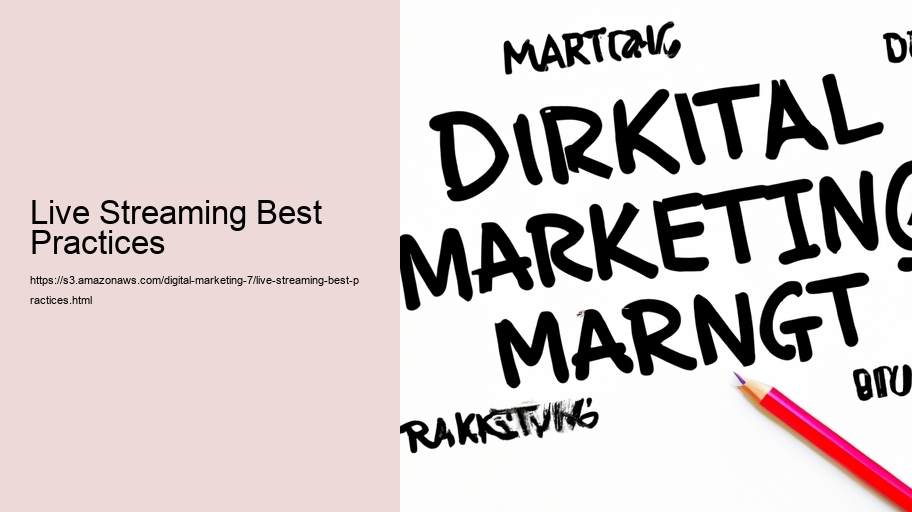Live streaming has become an essential tool for creators, educators, businesses, and individuals looking to engage with their audience in real-time. Whether you're hosting a virtual event, conducting a webinar, or sharing your gaming exploits, the success of your live stream hinges on both the quality of the content and the technical execution. Here are some best practices to consider for an effective and successful live streaming experience.
Preparation is Key: Before going live, take the time to prepare your content. Know what you want to talk about, and have any necessary materials ready. A well-structured agenda or script can help keep your stream focused and engaging. Rehearse if necessary, especially if you're discussing complex topics or conducting a demonstration.
Invest in Reliable Equipment: Your streaming setup doesn't need to be expensive, but it should be reliable. Invest in a decent camera and microphone to ensure clear video and audio. Viewers can forgive a lot, but poor audio quality is often a deal-breaker. Additionally, make sure your internet connection is stable and fast enough to handle the demands of live streaming.
Engage with Your Audience: Interaction is one of the main benefits of live streaming. Encourage viewers to chat and ask questions, and make sure to acknowledge and respond to them during the stream. This interaction fosters a sense of community and can keep viewers interested and coming back for more.
Test Your Setup: Before you go live to your audience, do a test run. Stream to a private channel or to a small group of trusted individuals who can give you feedback on the audio and video quality, as well as the overall experience. This will help you troubleshoot any issues before they become problems during your actual live stream.
Promote Your Stream: Let people know when you're going to be live. Use social media, email newsletters, and other channels to build interest and anticipation. Provide a clear schedule with the date and time, and consider creating a countdown or reminder so viewers won't miss out.
Ensure Good Lighting: Good lighting can make a significant difference in video quality. Make sure your face and any objects you're showing are well-lit and easy to see. Natural light is often the best option, but if that's not available, invest in some soft lighting solutions to enhance your video feed.
Keep It Professional: Treat your live stream as you would any professional presentation or broadcast. Dress appropriately for your audience, check your background for anything distracting or inappropriate, and maintain a professional demeanor throughout.
Monitor Stream Quality: Keep an eye on your stream's health. Most streaming platforms provide indicators of stream quality, like bitrate and frame rate. If you notice issues, be prepared to adjust your settings or troubleshoot on the fly to maintain a smooth viewing experience.
Follow a Consistent Schedule: If you plan on streaming regularly, try to stick to a consistent schedule. This predictability allows your audience to plan to tune in and can help grow your viewer base over time.
Archive Your Streams: After your live stream ends, archive the video for those who couldn't attend in real-time. This not only serves as content for your channel but also allows you to reach a larger audience who can watch at their convenience.
Analyze and Adapt: After each live stream, take the time to analyze its performance. Look at viewer engagement, peak concurrent viewership, and any feedback provided. Use this data to adapt and improve future streams.
Live streaming can be a powerful way to connect with people and share your message. By following these best practices, you can ensure a high-quality experience for both you and your viewers, and foster a lively and engaging community around your content.
